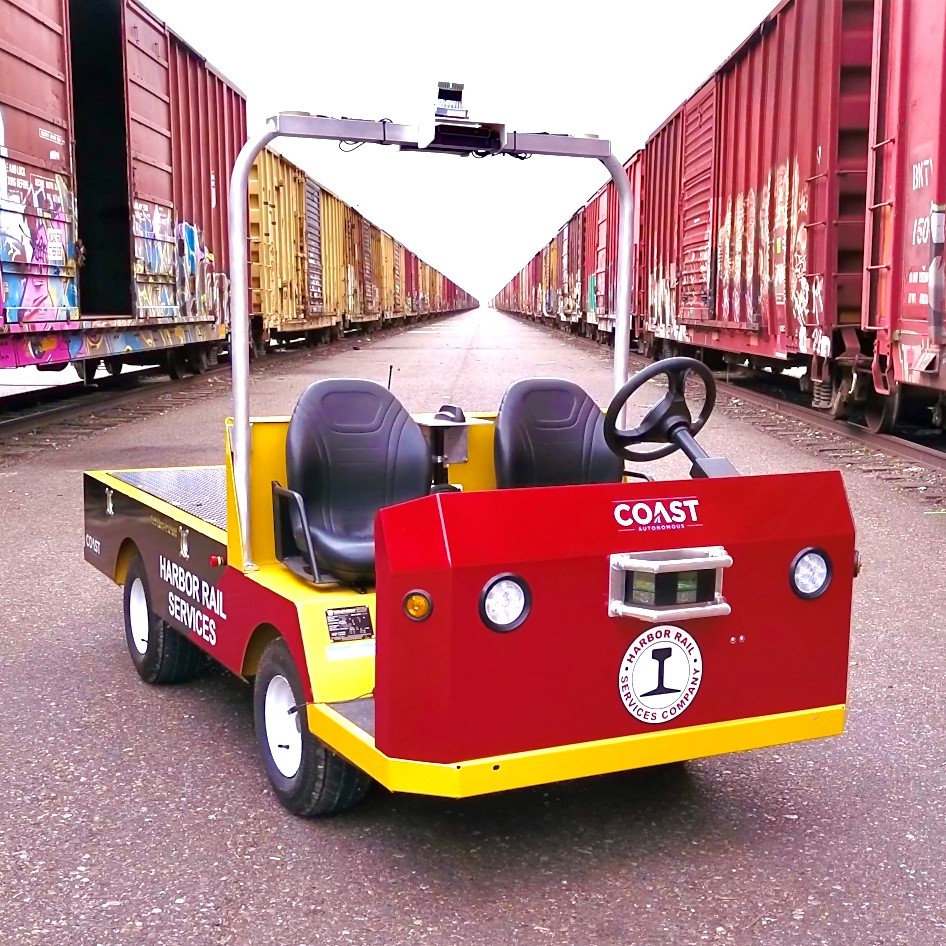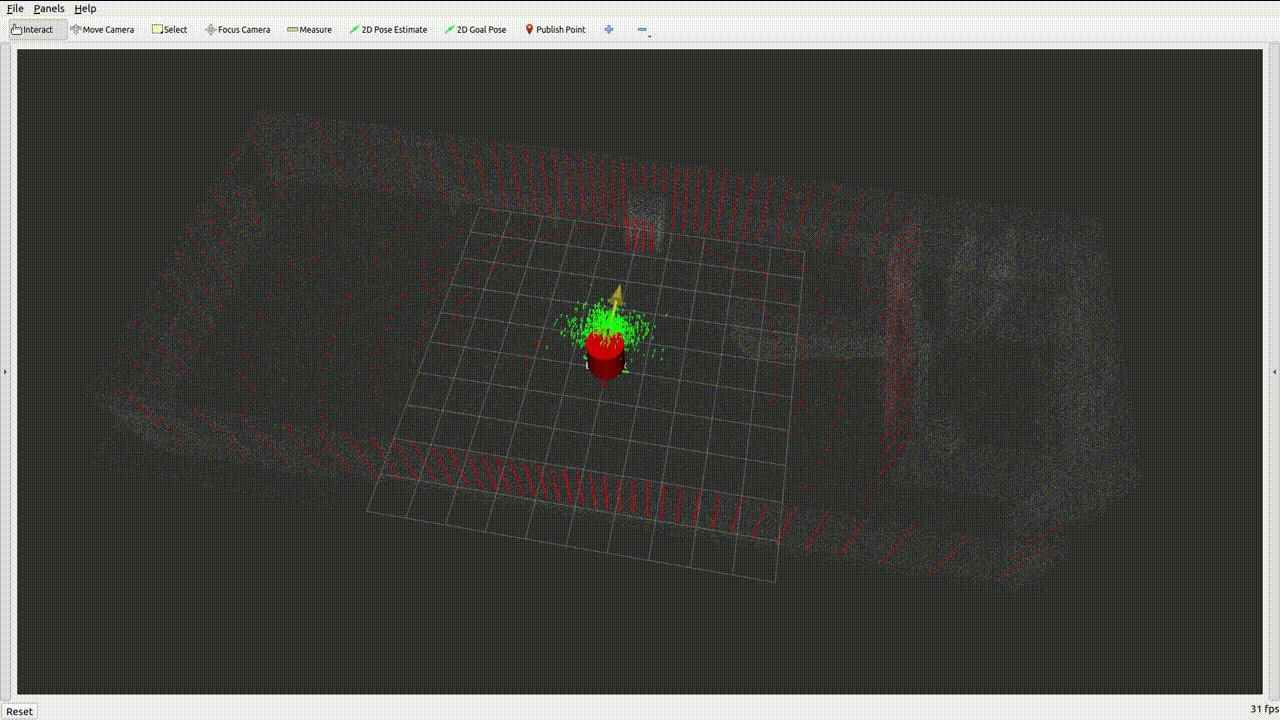COAST Autonomous
Robotics Engineer

I joined COAST Autonomous as a Robotics Engineer in November 2020 to improve the localization capabilities of the company's autonomous vehicles. Specifically, the localization algorithm that I designed would complement the existing setup to enhance robustness during outdoor navigation. I was only able to spend around 8 months with COAST as I committed to a PhD program prior to joining the company.
Background
COAST Autonomous aims to provide mobility solutions that ultimately change the pedestrian-vehicle relationship in urban areas; the company envisions the future of cities as being more walkable — traversed by citizens without obstructive infrastructure catered for fast-moving vehicles — which led to the creation of the P-1 shuttle. Additionally, COAST provide autonomous vehicle solutions for cost-effective on-demand mobility measures, such as the AV Bigfoot and the AV golf cart, used to transport goods and passengers respectively.
My Work and Experience

At COAST, I spearheaded the development of a localization algorithm for the company's autonomous vehicles to improve navigation robustness. The algorithm that I devised was based on a 3-D particle filter that utilizes an octree-based likelihood field. For that, I created a multi-platform C++ library as well as wrapper application code for both ROS2 Foxy (Linux) and RTMaps (Windows). The algorithm — which processes robot motion, LiDAR measurement, and optionally, GPS measurement — provides real-time localization of ±1 m precision along a >1,800 ft. outdoor trajectory in a >2 million sq. ft. map with abundant dynamic obstacles (trees, pedestrians, vehicles, etc.). In addition, I led efforts in establishing and managing the company's Robotics team's documentation and knowledge base.